New day, new town. In Shkoder, where there is lots of water.
Our hotel host also runs a taxi service, they work hard around here. For €5 he will drop us off at the bus. This time it is a proper bus and after two hours of travel we reach our destination.
The reality is this is a stopover destination for us. Our guide tells us that the highlight of any trip to Albania is a ferry ride along lake Koman and trekking in the Accursed mountains. Well we will be the judge of that.
The problem is that the ferry leaves at 9.00am and it is a ninety minutes furgon journey, it is not possible to get there that early from Tirana, hence our stopover.
It gives us an excuse to look round another Albanian town.
This place looks newer and smarter.
A cool pedestrianised street with lots of al fresco dinning and cafe culture in full swing.
Well tended and really clean.
Our first stop as usual, our digs for the night. We tend to go cheap, must this time maybe we went too far. It was the name that caught our eye. We will tell you more about that later but you get a hint of the kind of establishment from the quality of the signage
There are a couple of things we want to see in this town; the obligatory castle and a museum dedicated to interrogation from the communist era.
The young lady at reception has good English and is very helpful. We start with a short film. A new contemporary building joins the two old parts. Apparently the shapes represent handcuffs and the red, blood.
Little too literal for me. I am not sure they actually needed this building, for one thing they are having problems with it, it is overheating so the glass has been covered by black film, but maybe going outside, crossing a courtyard would be more sinister, closer to the feeling the victims might have experienced. Does this new modern approach sanitise it.
More modern sculptures line the walkway.
Before you get to the exhibition proper. This is the most powerful bit and tells of personal experiences.
An uprising in the area meant that Shkoder was dealt with particularly severely. There were numerous such buildings around the town, many of them just normal houses converted into places of torture.
And then beyond, the cells, number about twenty.
Most are empty,
some contain a few objects
This is all very raw, and you get the feeling that they are pretty much as they were when they were found after the overthrow of the communist party.
Some have memorials.
A courtyard outside has an interesting sculpture embedded within the paving.
Bizarrely the ceiling has been replaced, and down lights installed. Why? completely unnecessary.
As a lot of the cells are empty, you eventually get cell fatigue, which is a shame. You are compelled to look in them all, but most are all the same. It is a shame they cannot put some of the personal stories in them.
Apparently Albania has yet to open the communist files and therefore few have faced trials for any crimes that were committed. We were told that too many implicated politicians were still governing. This is all just so recent, but then again our museum host was not born then and relies on the stories of her parents. Without the opening of the files has Albania come to terms with its past?
They are still very proud of their freedom fighters. They have a torrid time being invaded by pretty much all their neighbours.
After all that emotion we head up to the castle. It is outside town, and further than we think, so it takes us quite a while, but we get to see some of the less touristy parts of town. We stop for a quick sandwich and a drink which is obscenely cheap. Still much of the housing has that distinctive utilitarian feel to it, and one that hasn’t been looked after in recent years.
But new modern developments are beginning to appear on the edges of town, probably for the young people.
It is a steep walk in the hot sun up to the castle.
But from the top, you get the feeling that Shkoder is surrounded by water.
Several rivers converge on the town, before flowing into a large lake, lake Shkodres.
All that water has quite a cooling effect.
Tomorrow we will head up that valley, following the river, which has been dammed to form lake Komanit.
We are pretty much alone at the castle
Someone is grazing their sheep in the castle,
however a restaurateur is not happy and chases them away. We leave just as a coachload haul themselves up the hill.
That nasty piece of evil, spreading her vile massage and causing so much suffering, came from Albania. There are many monuments to Theresa.
We head back to our digs.
This is proper hostel territory. We have a dorm with three bunk beds and a shared bathroom. A young Argentinian couple are sat on the sofa, she is removing leg hair, he is Skypeing someone, probably back home. We decide to go out for dinner!
The high street is packed.
We find a nice restaurant serving fish from the lake, carp. It is baked in a tomato sauce, which is a shame because we order a very similar starter, they could have told us!
The fish is nice, except that it has been served with numerous razorblades carefully concealed within the flesh. There seems to be more bone than meat. It is an endless meal, but we get plenty of time to watch the action down below.
We return to our hostel and confirm that yes we would like to be picked up in the morning. The Argentinians have not moved, he is still on his tablet talking to someone back home, she is still sat, devoted but bored, next to him. We decide to go to bed, he leaves, she also goes to bed. We need to be up early the next morning to catch the bus. The Argentinians are joining us.
GDR
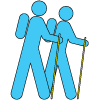
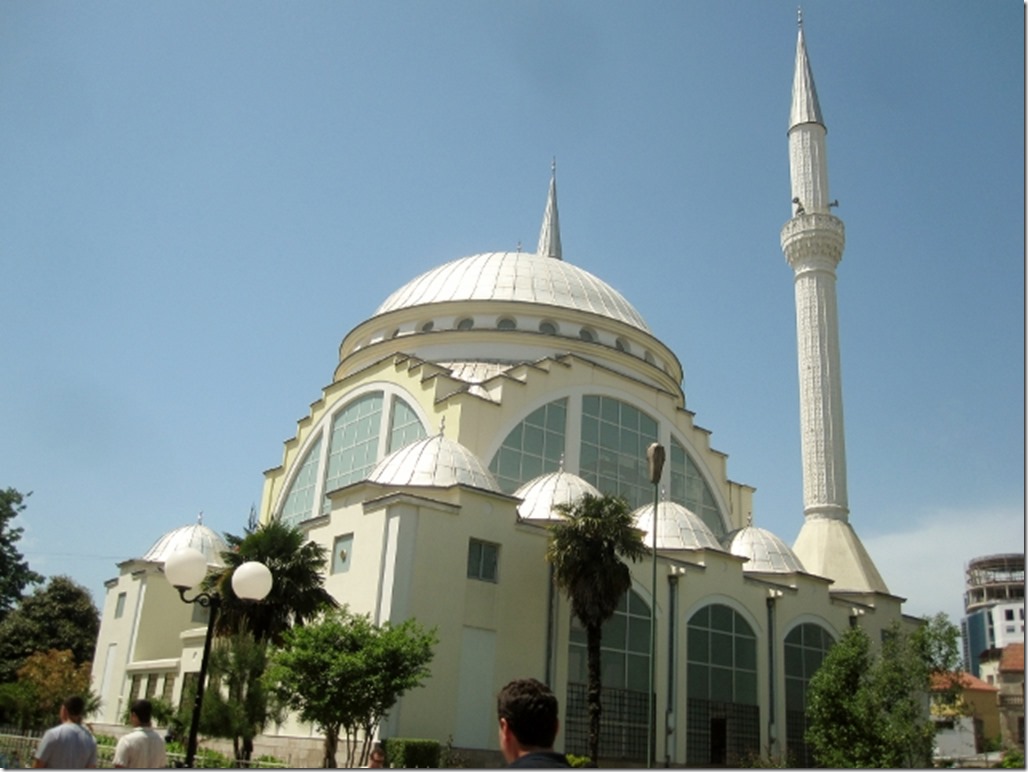
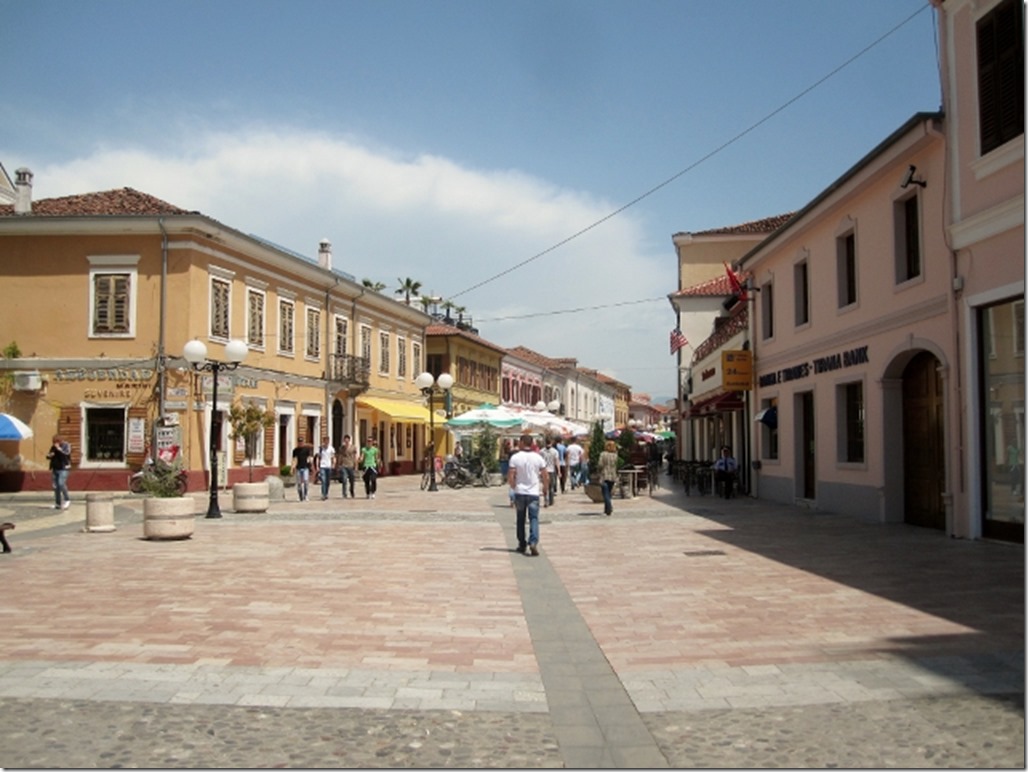
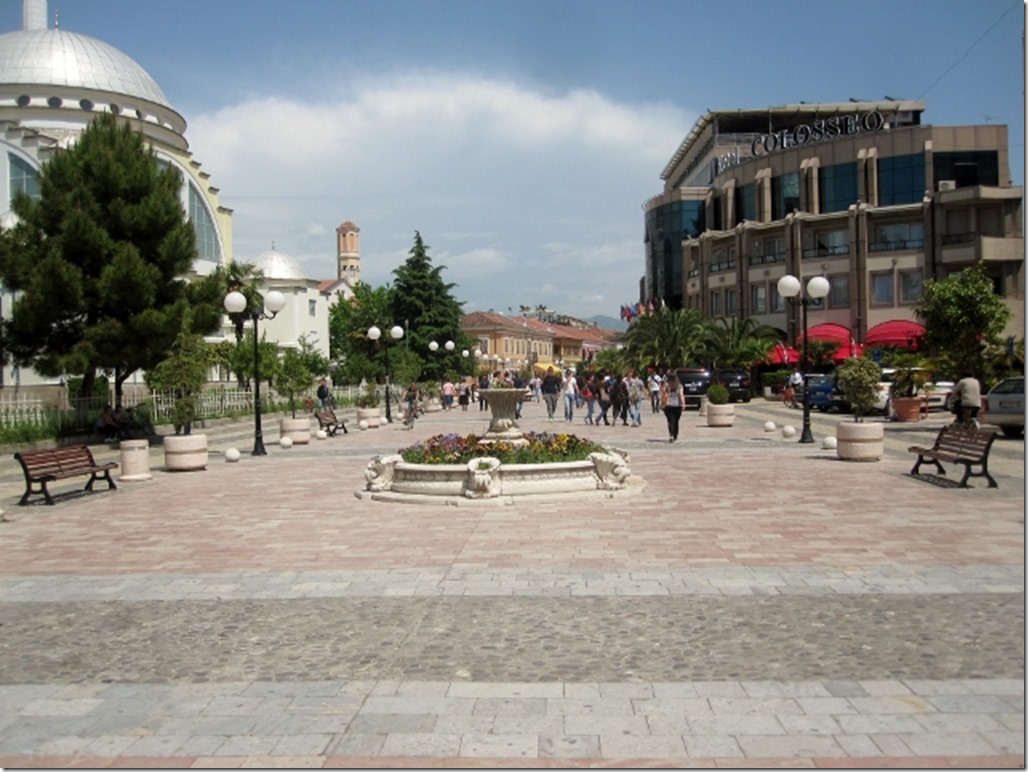
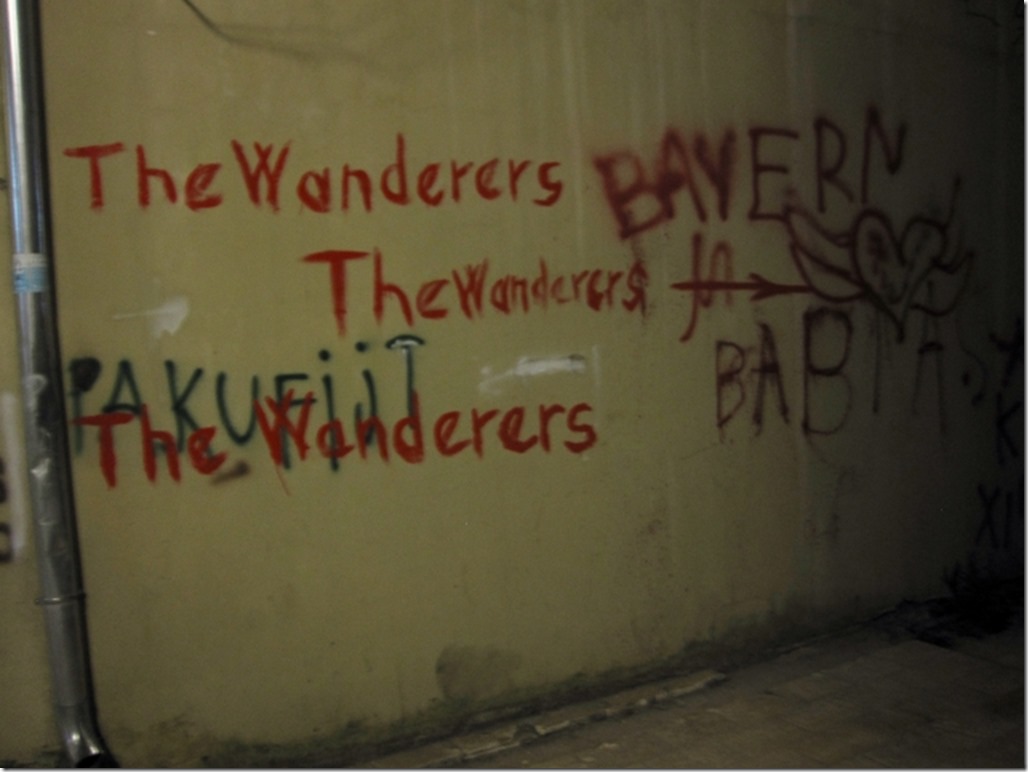
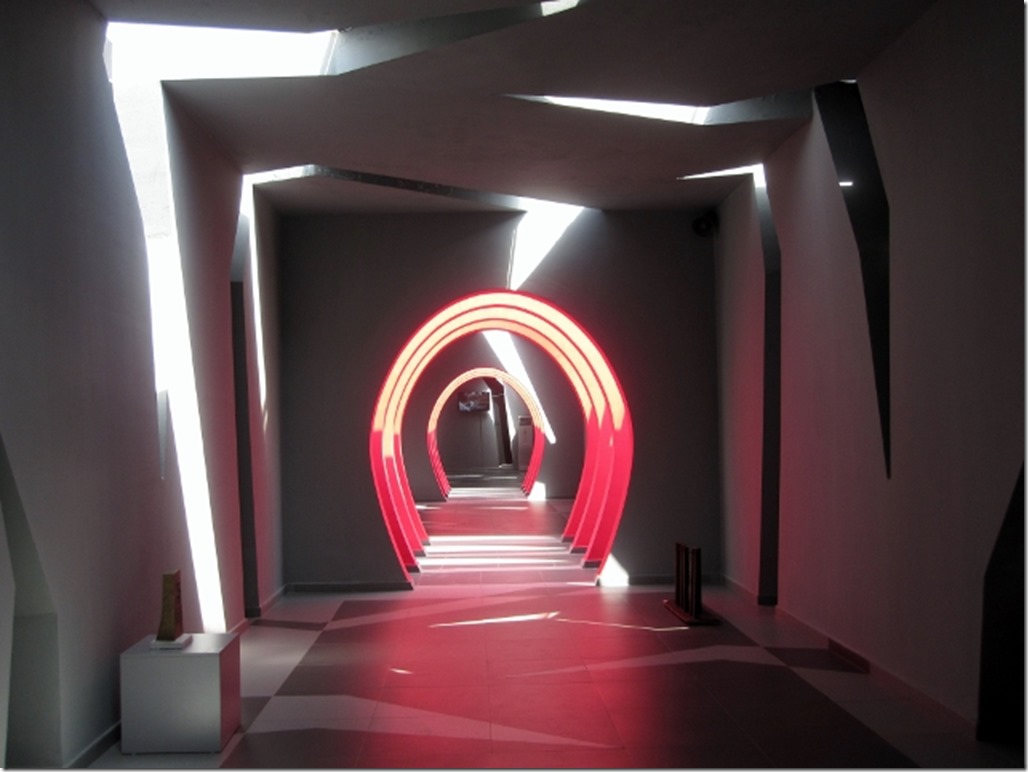
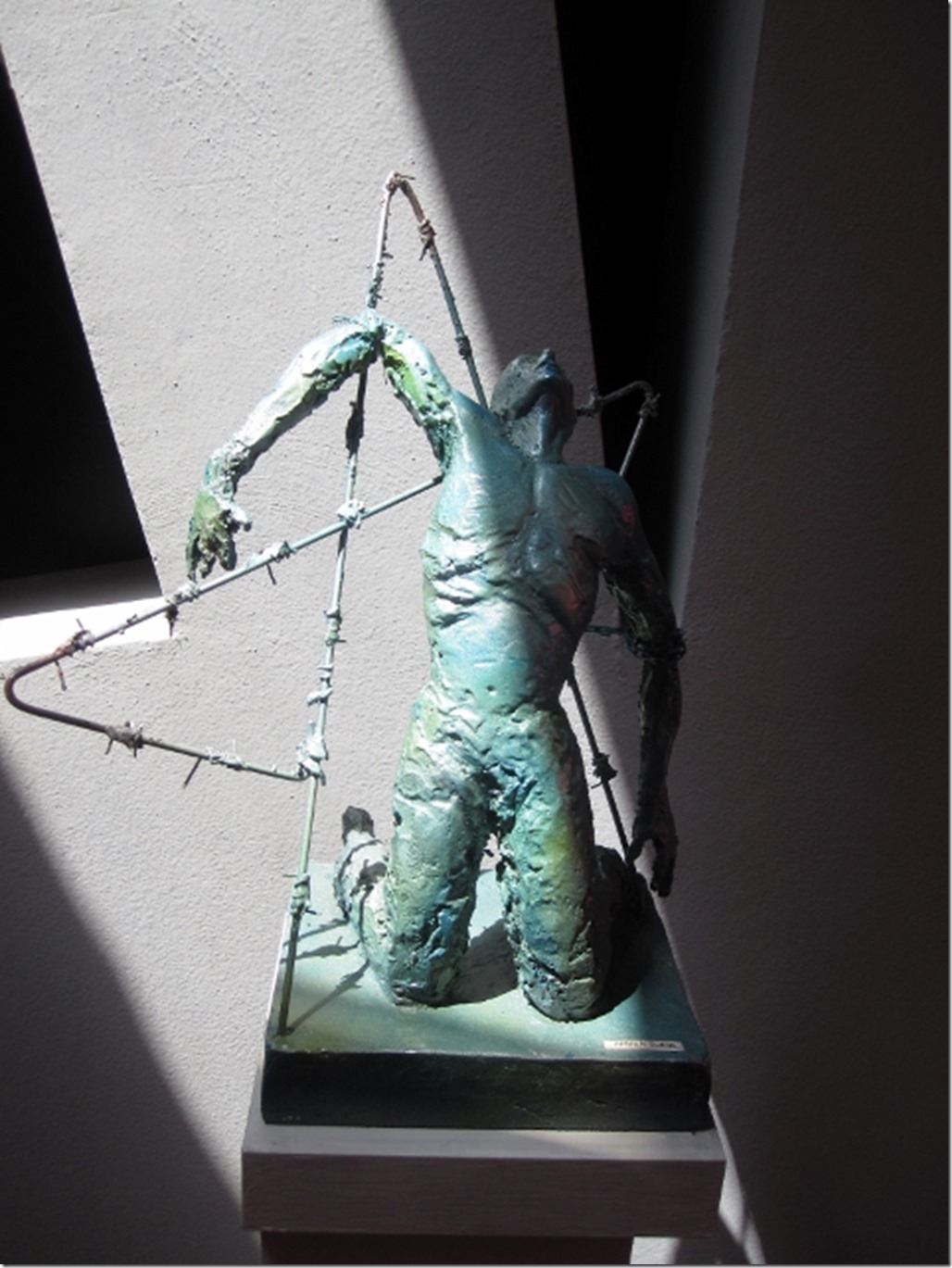
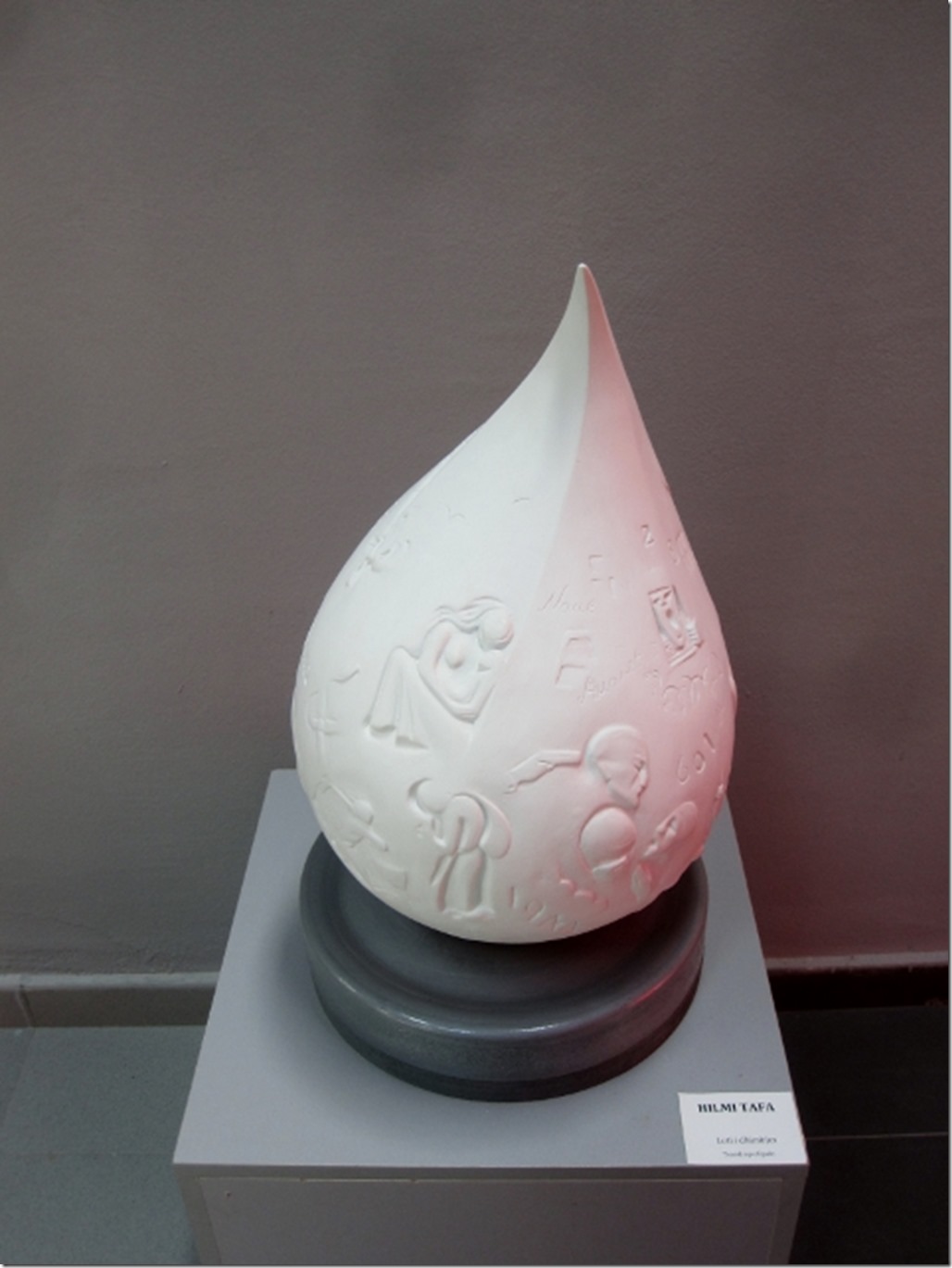
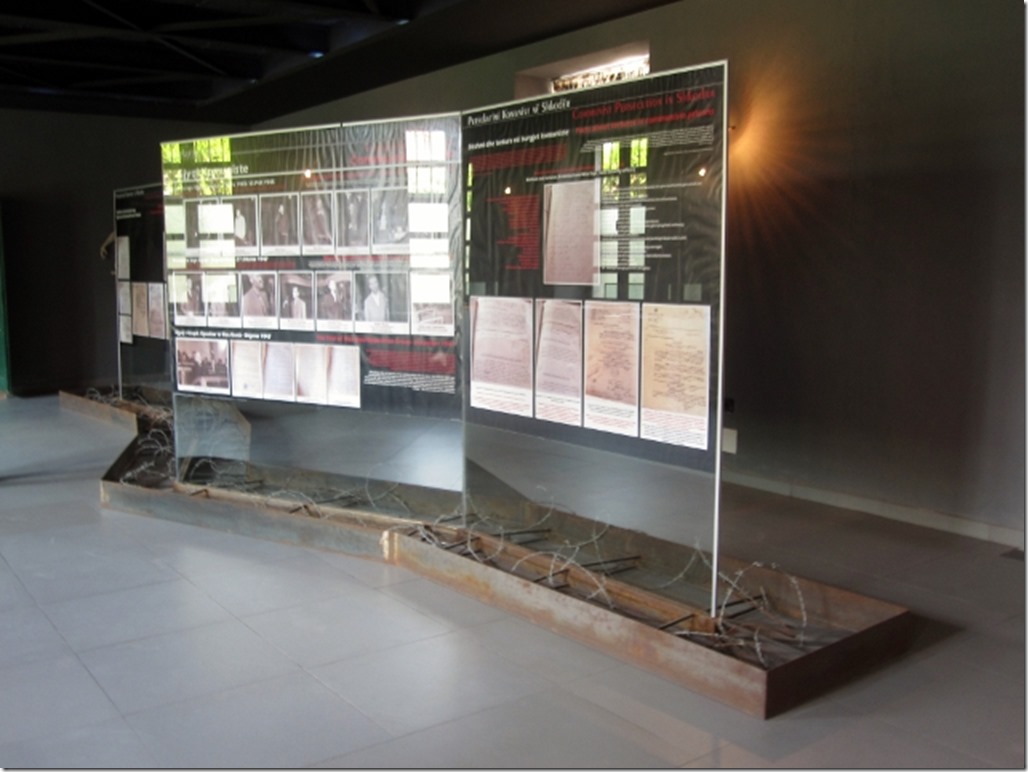
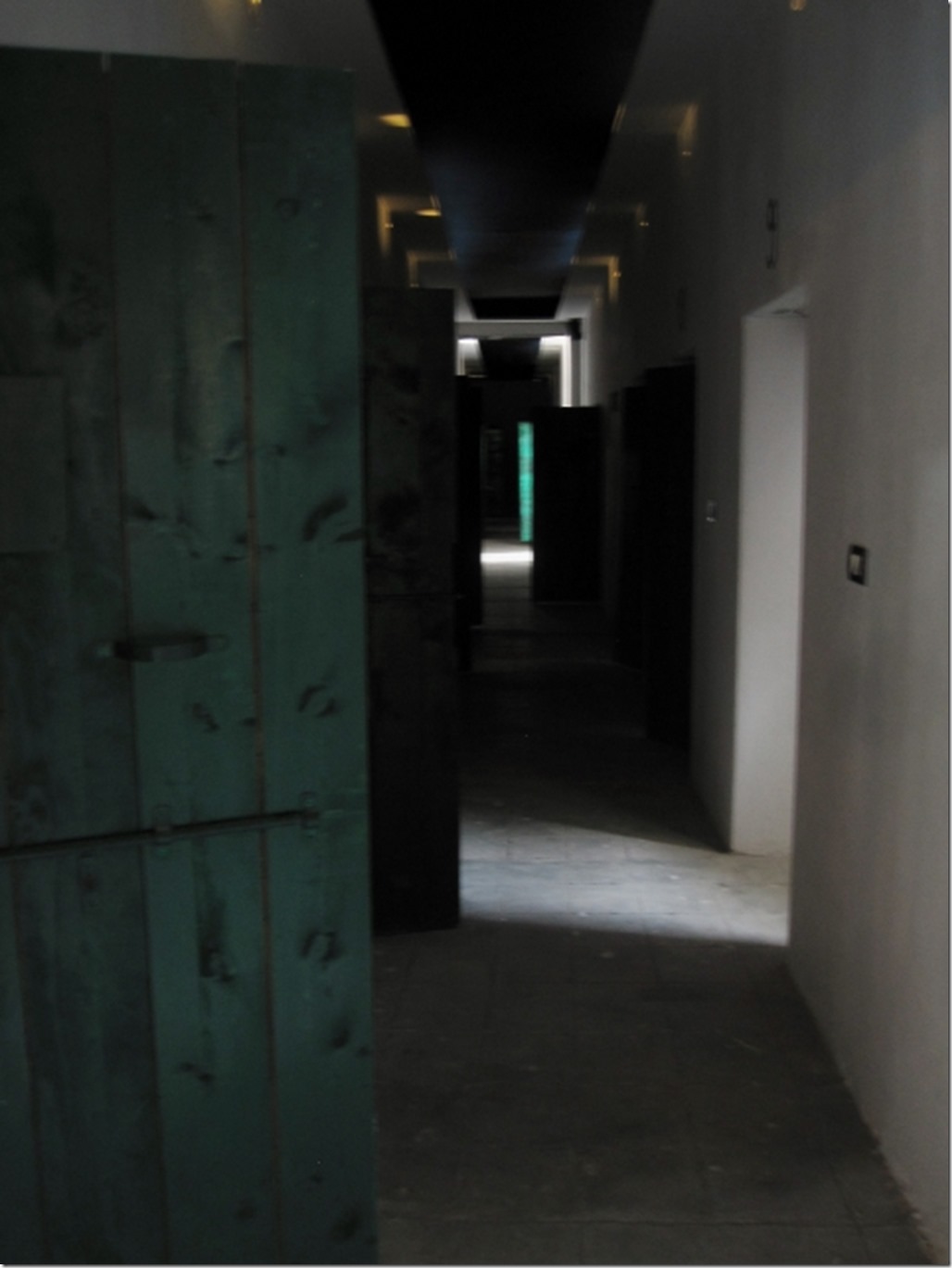
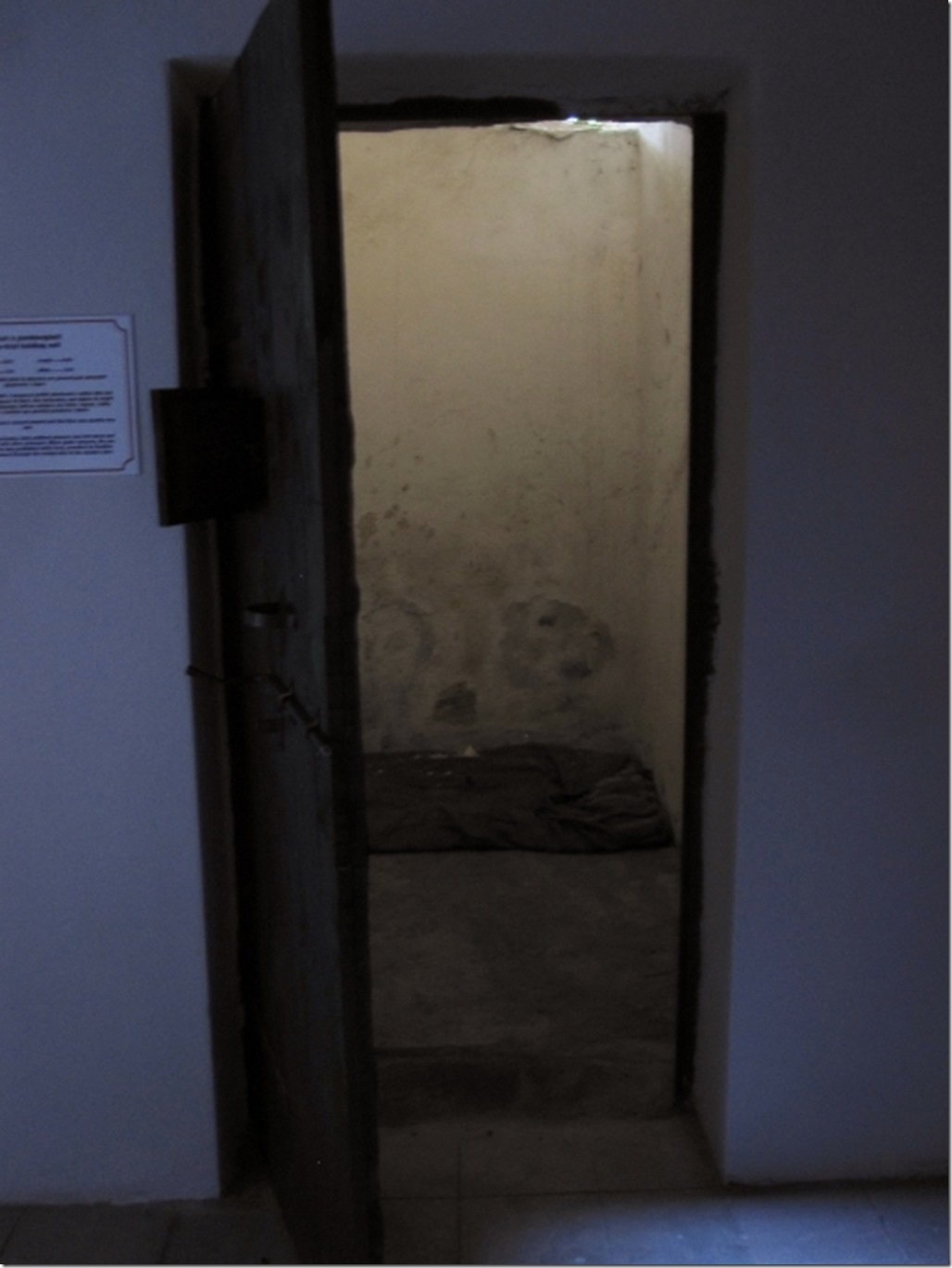
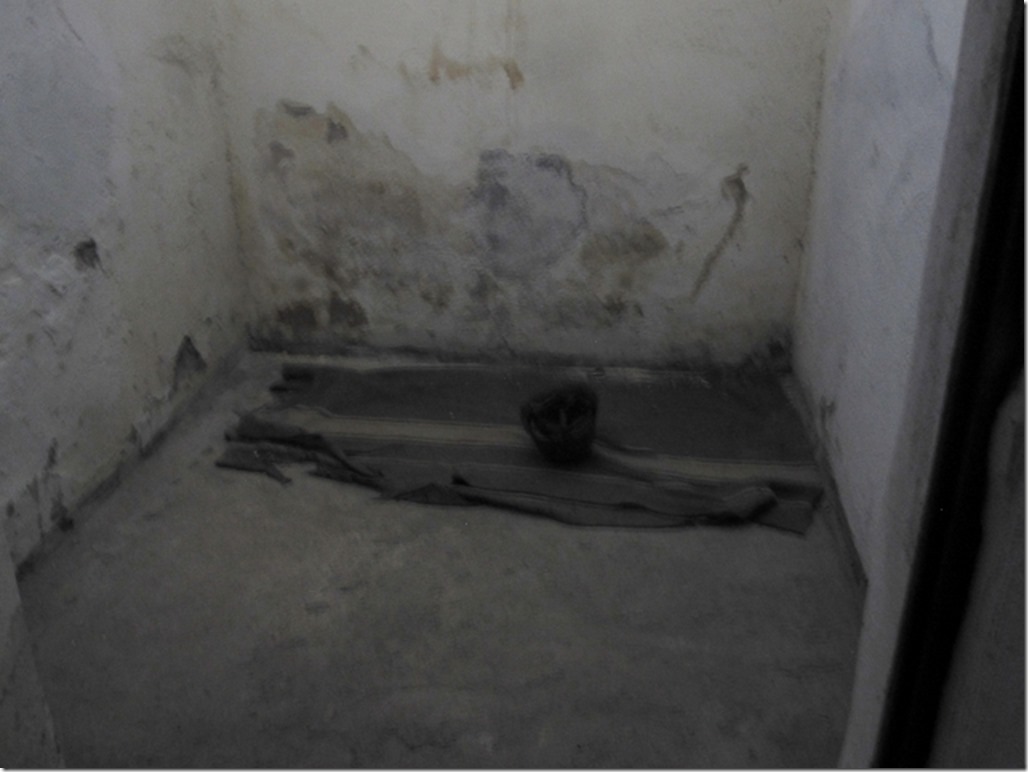
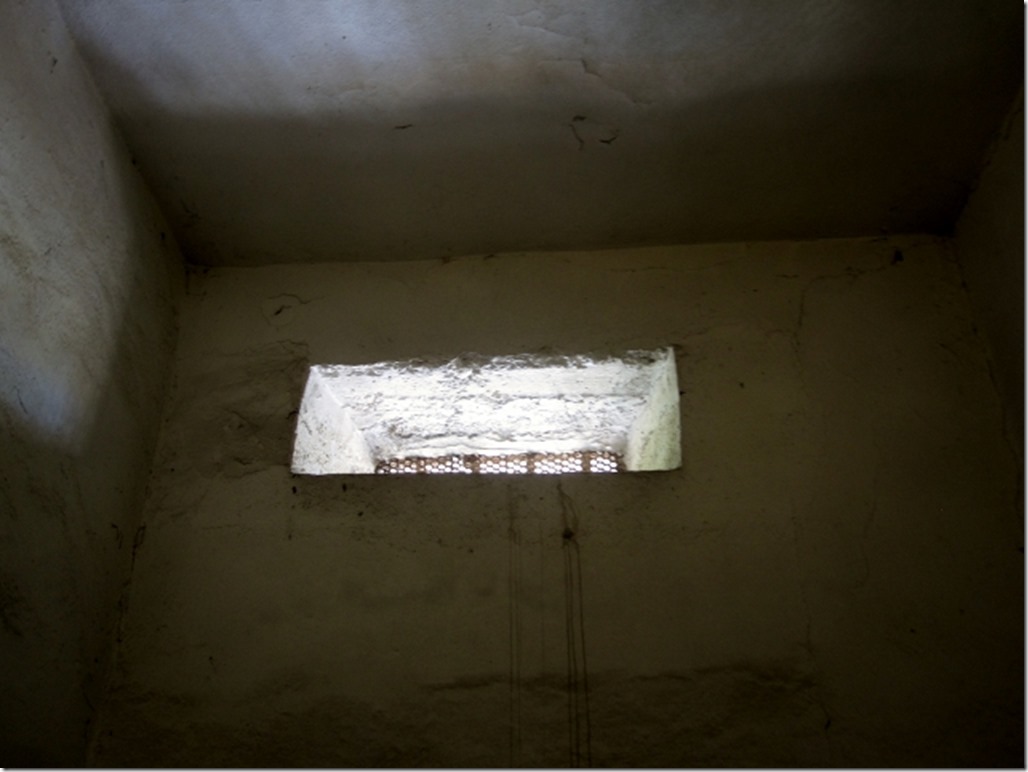
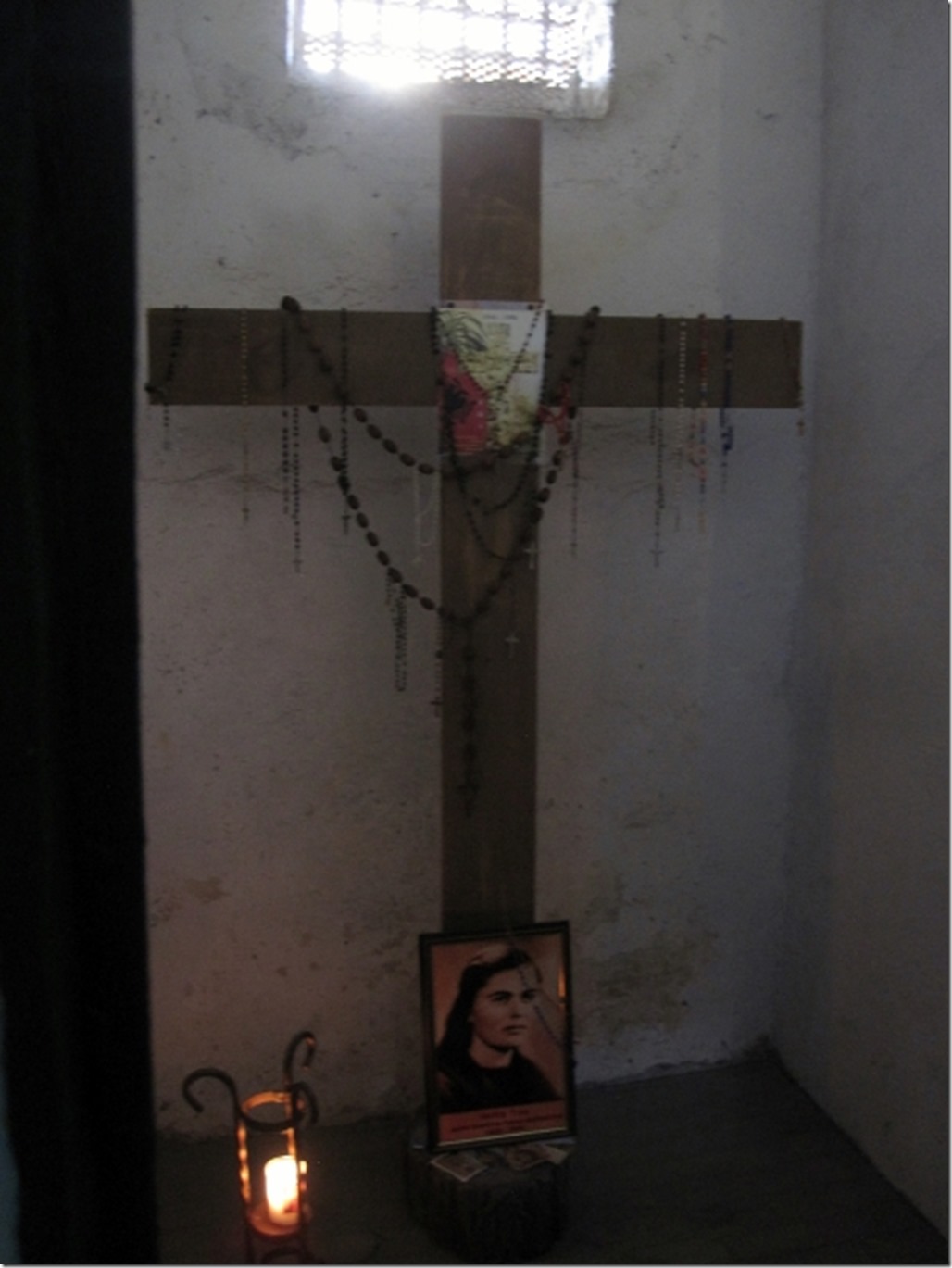
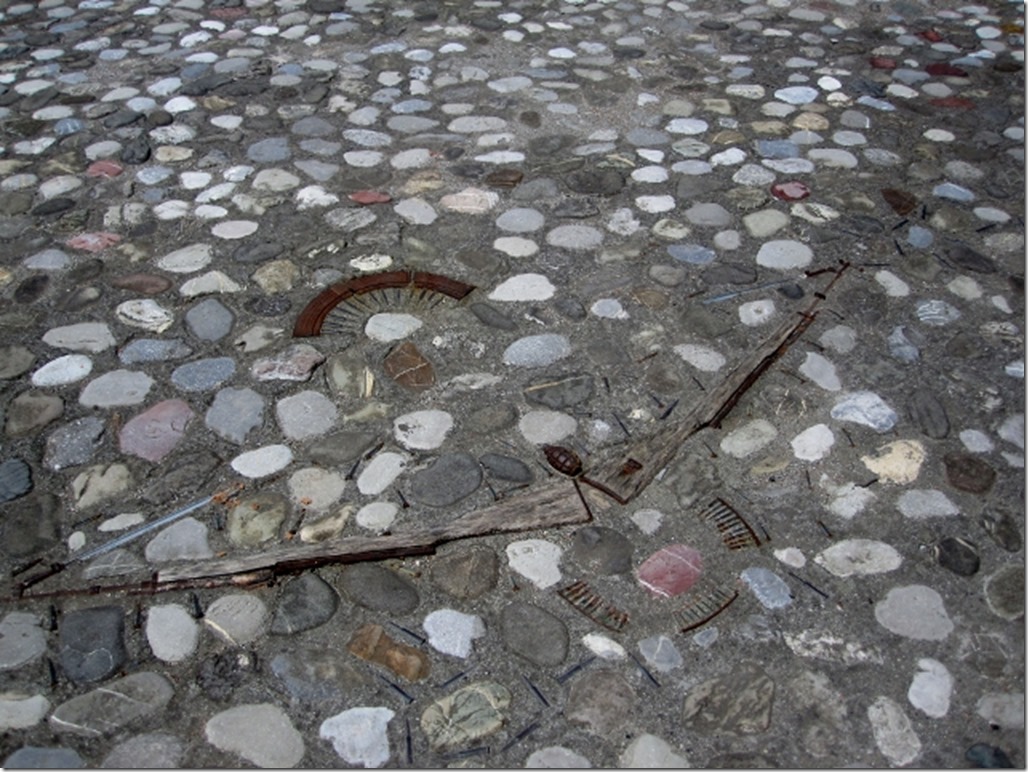
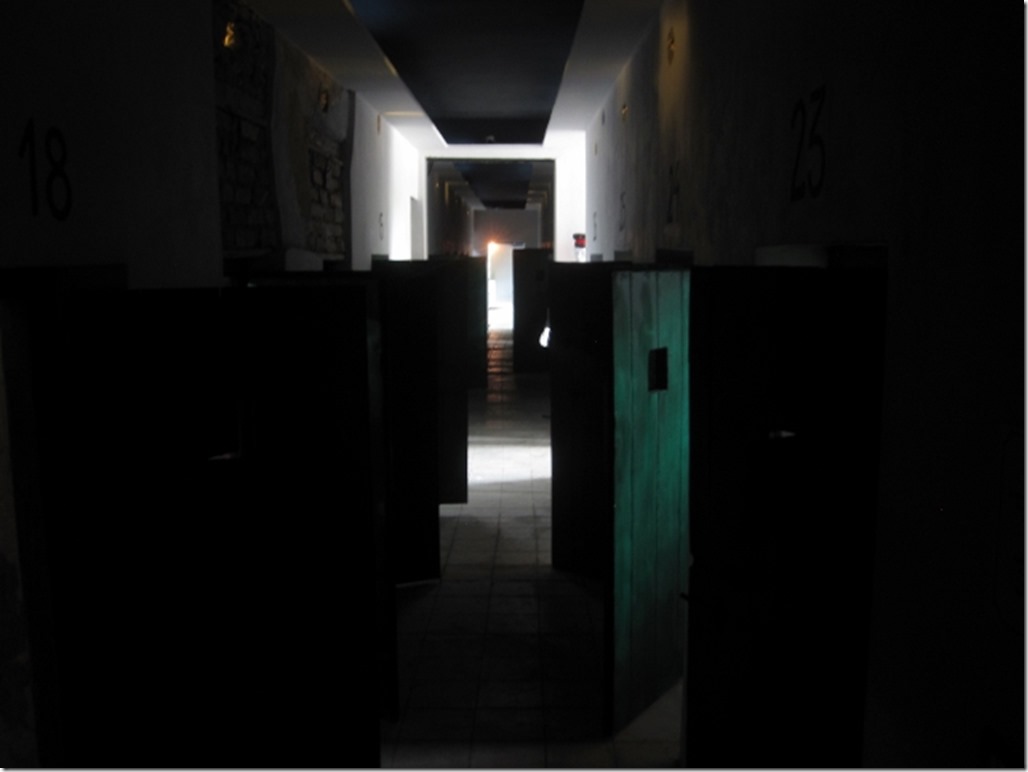
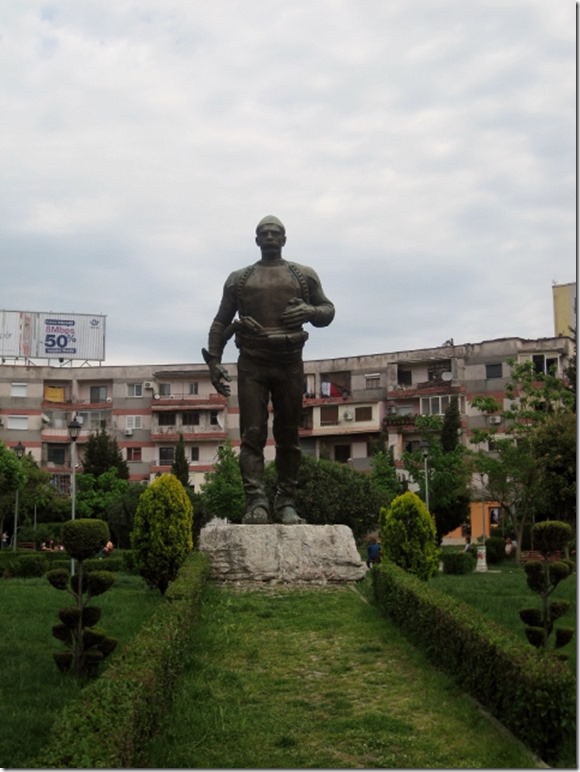

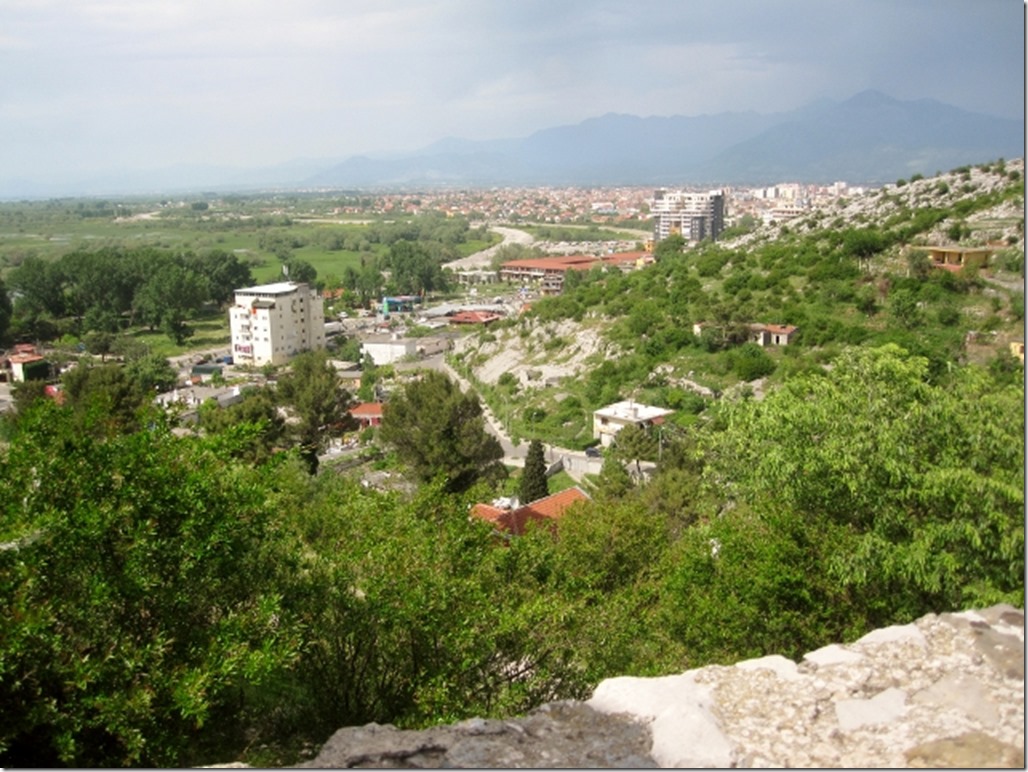
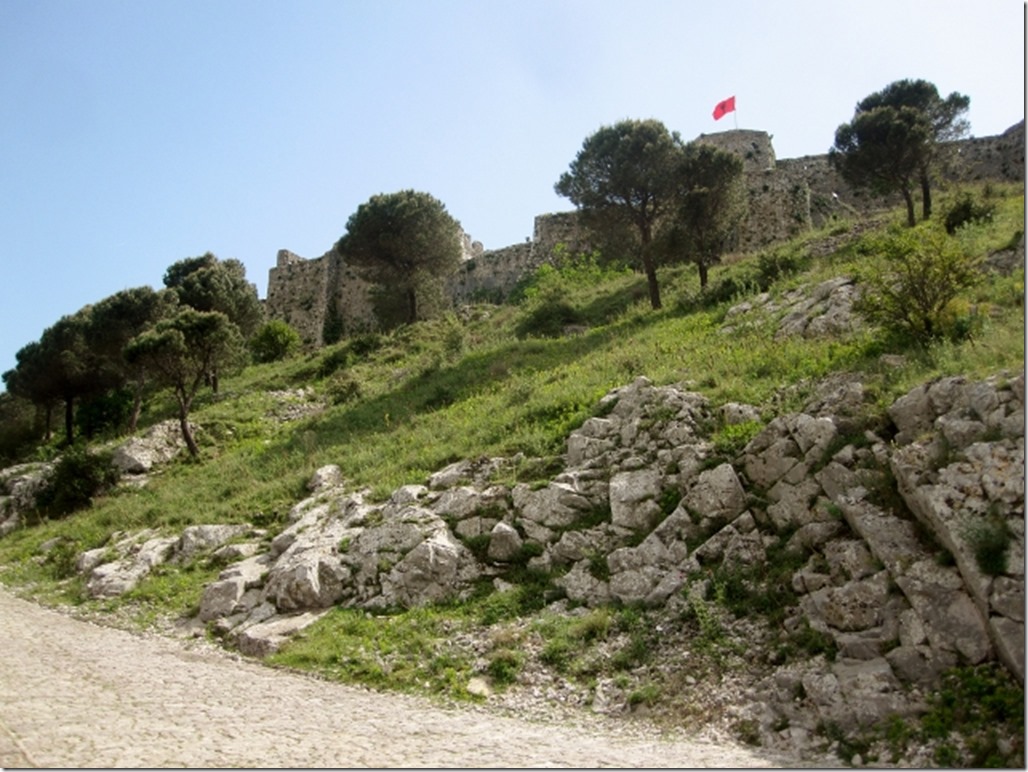
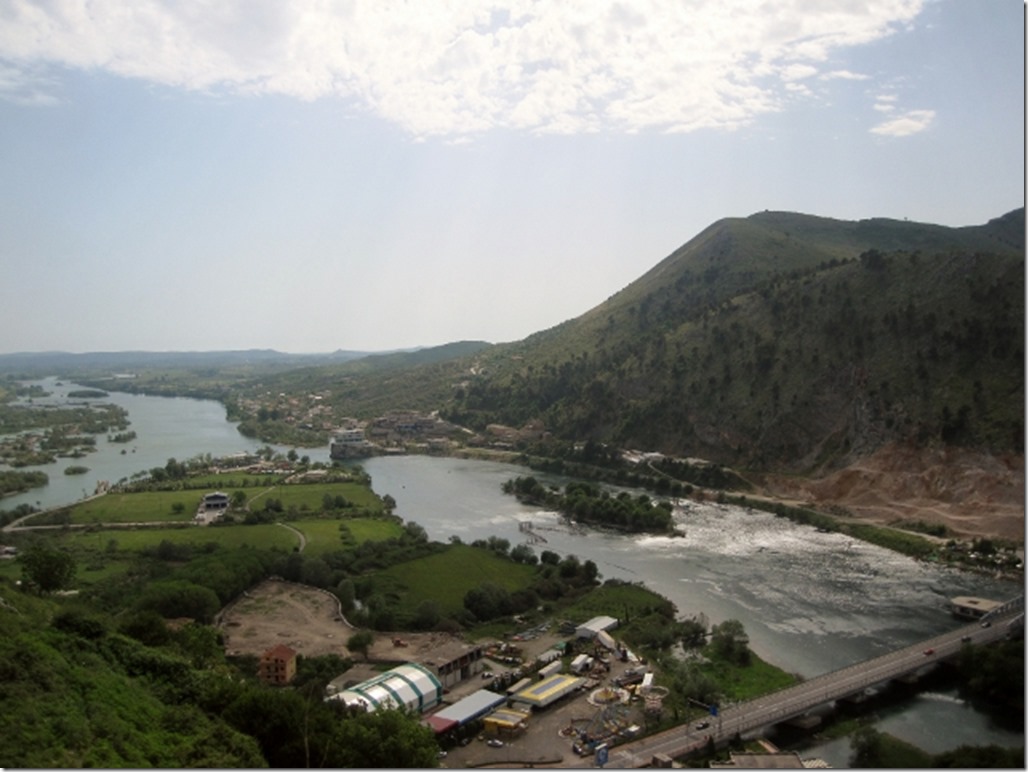
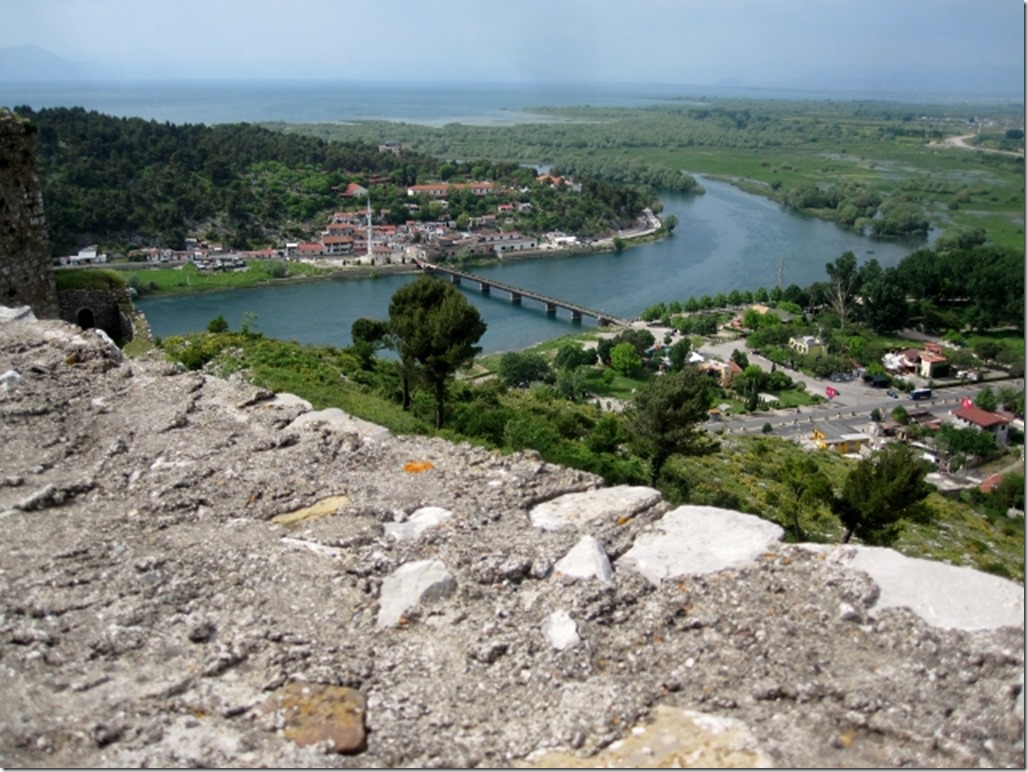
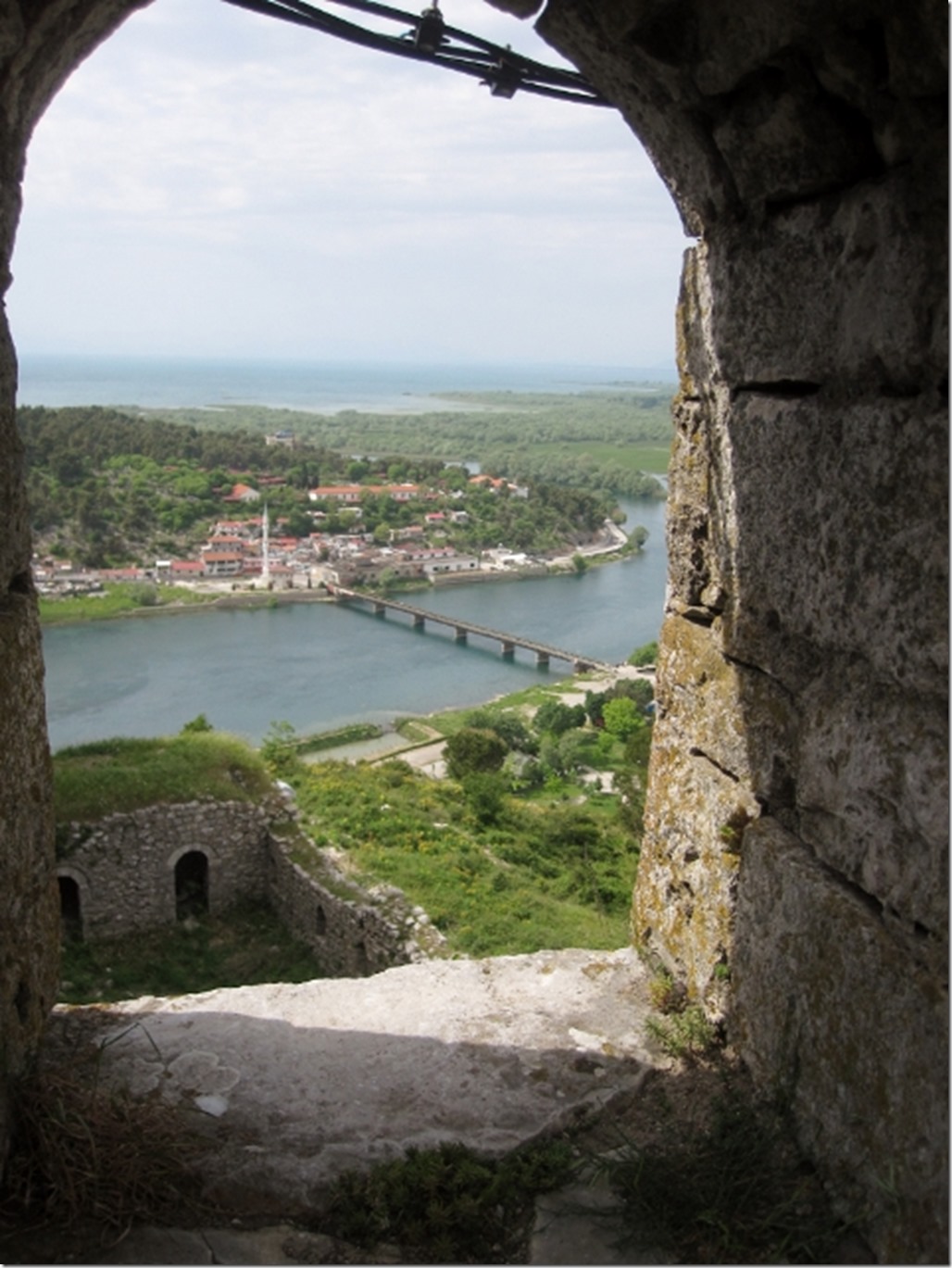
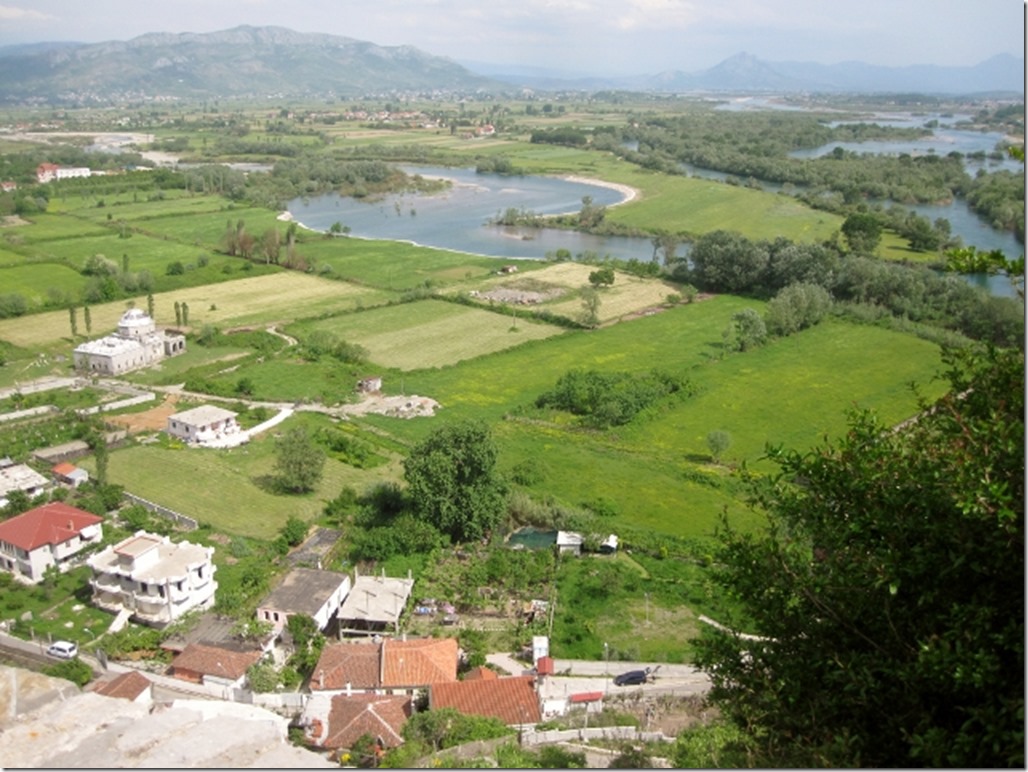
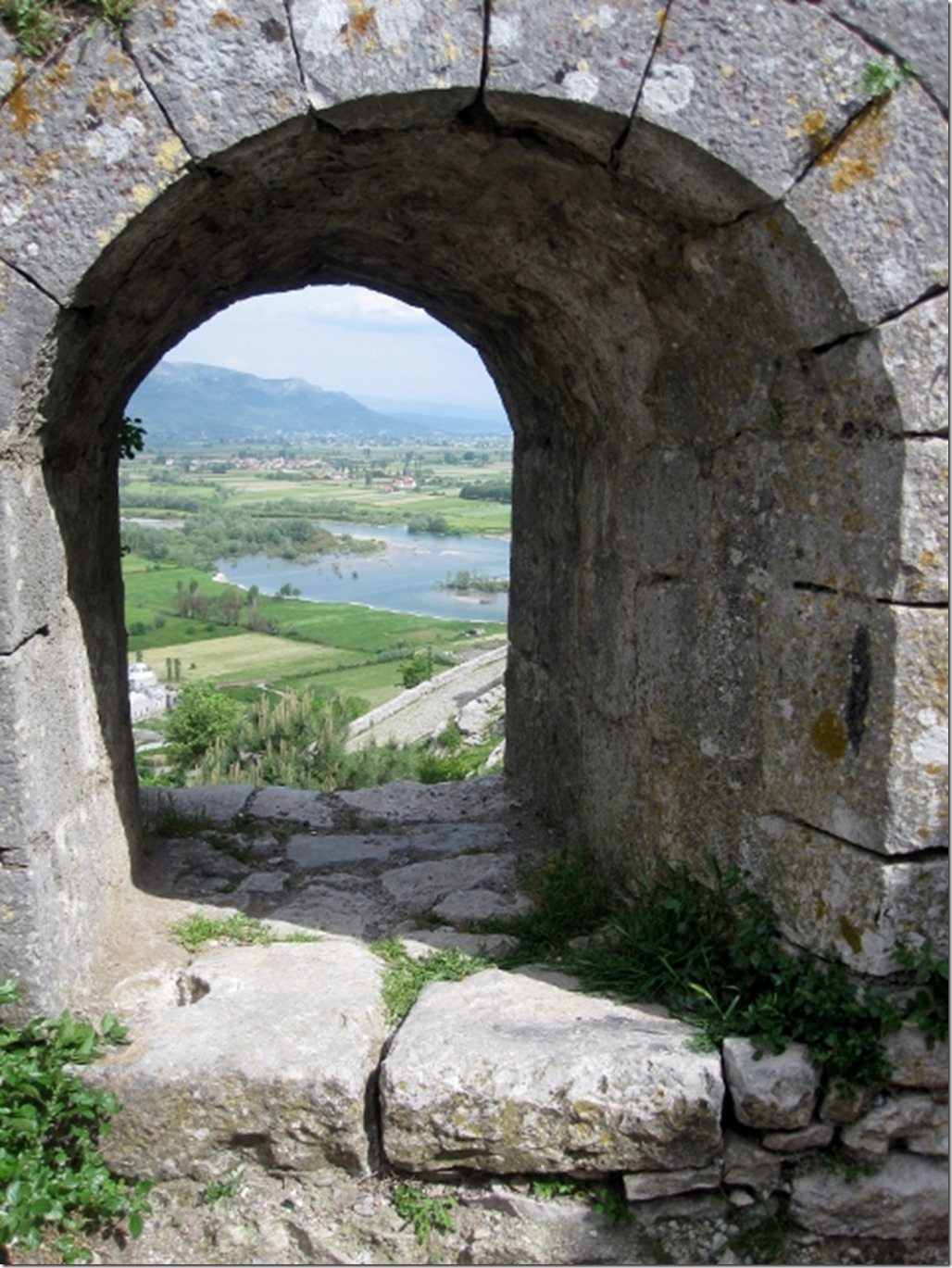
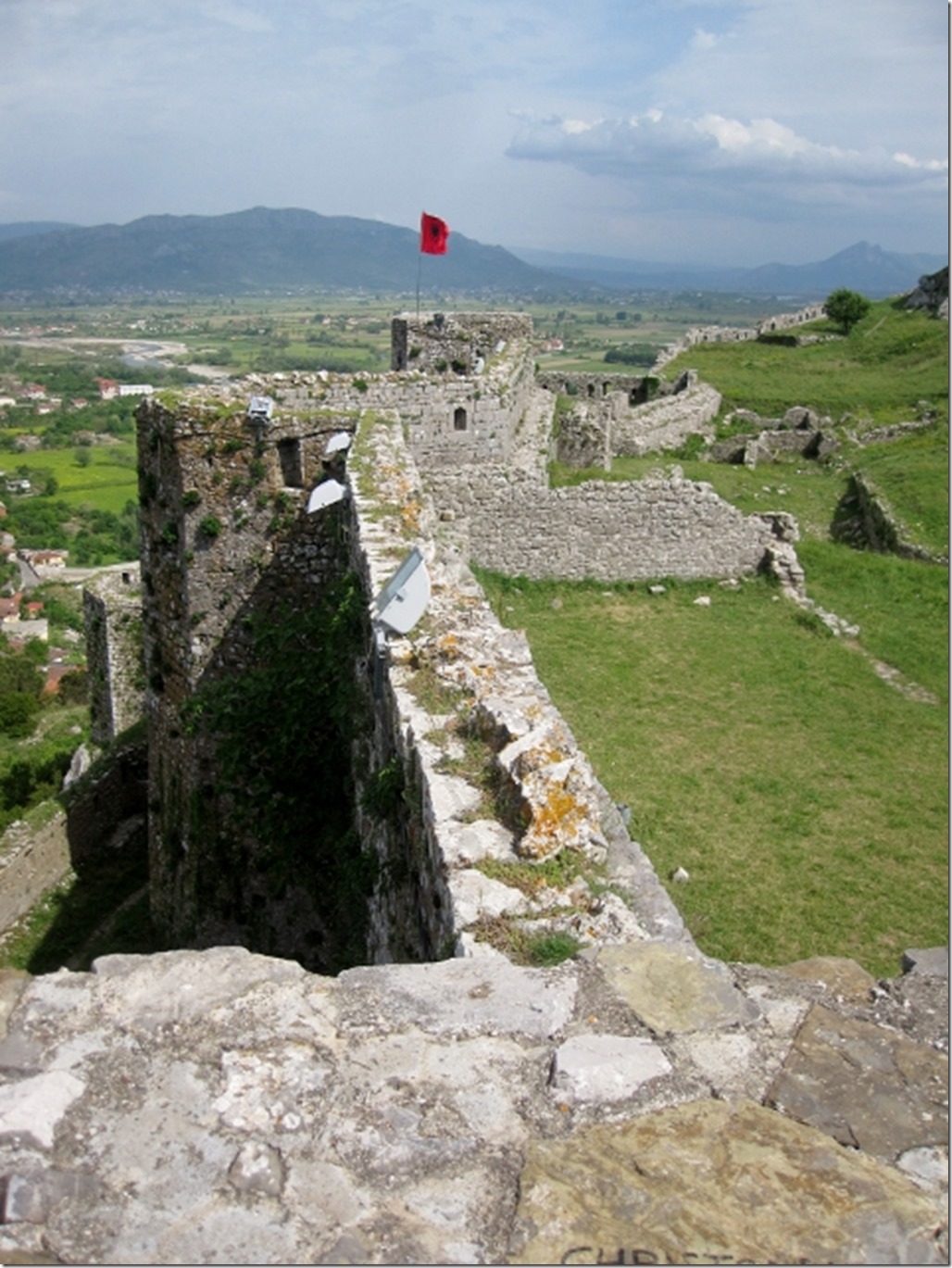
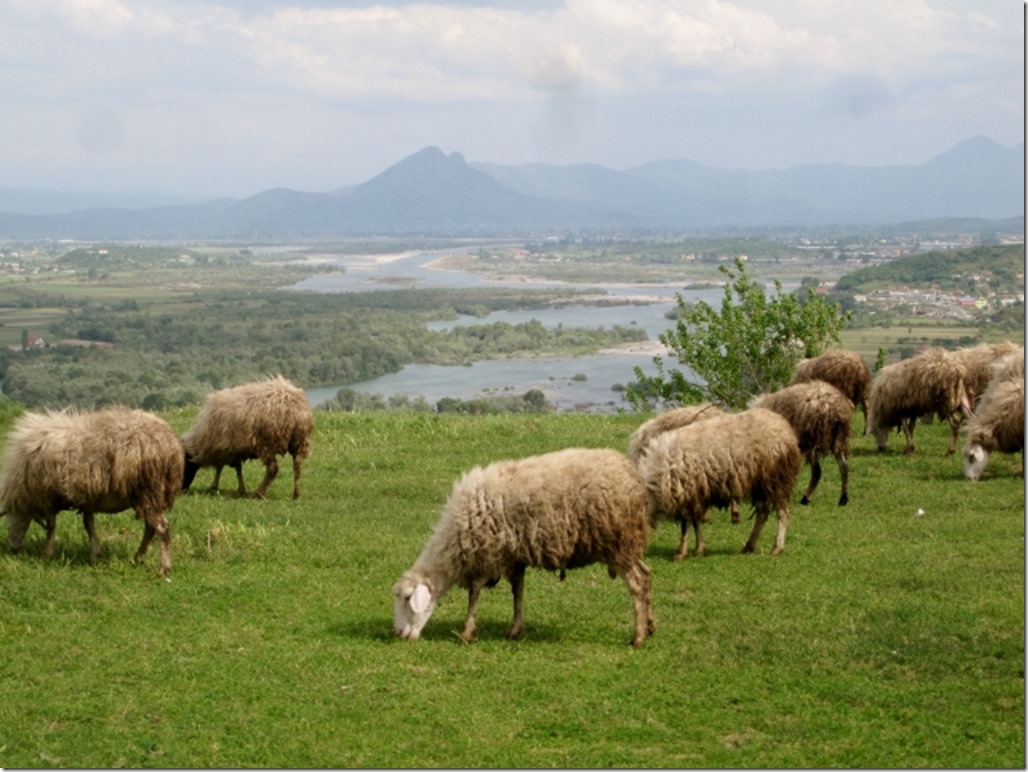
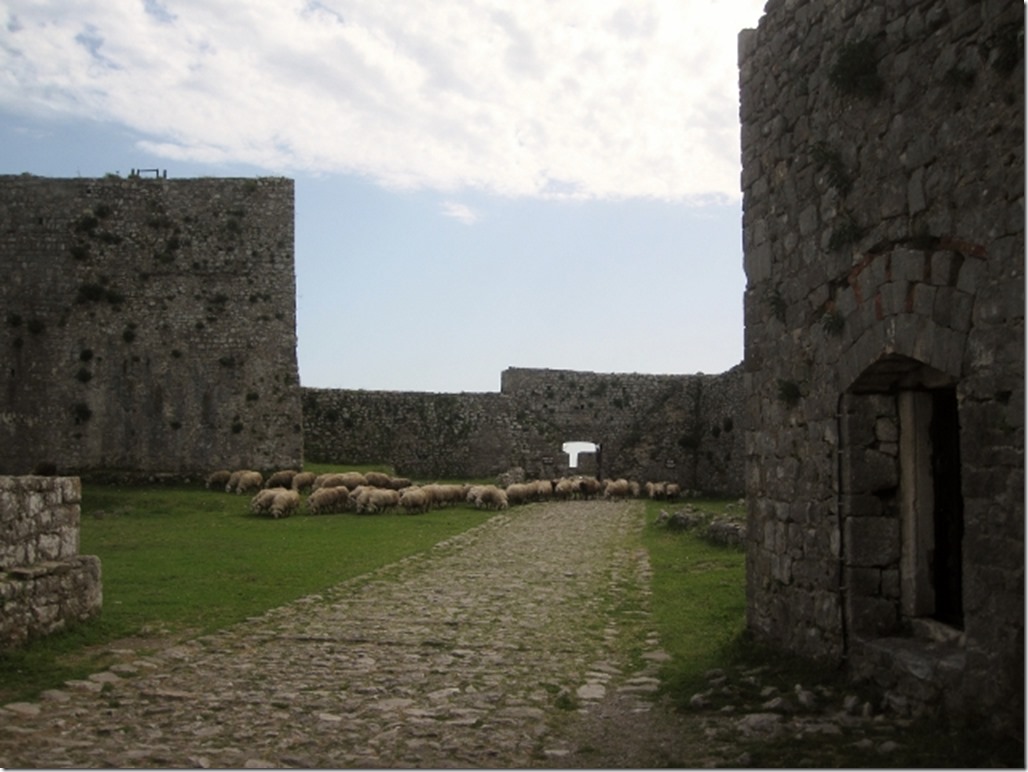
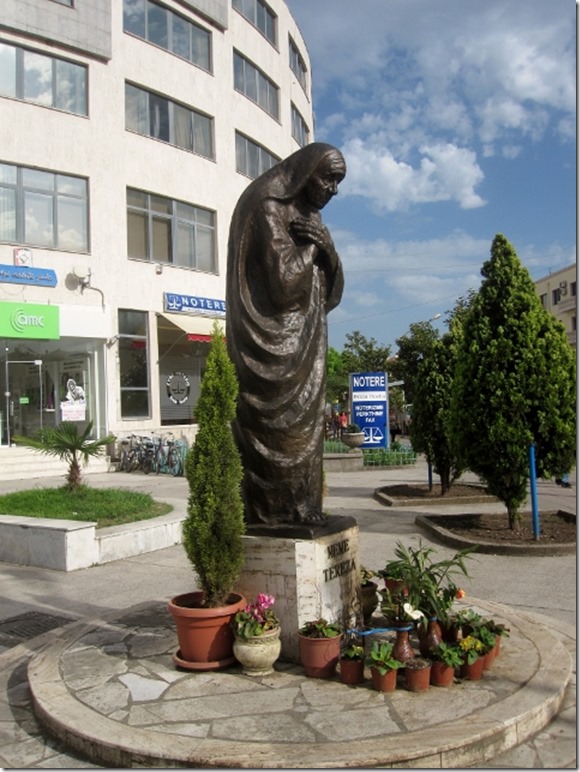
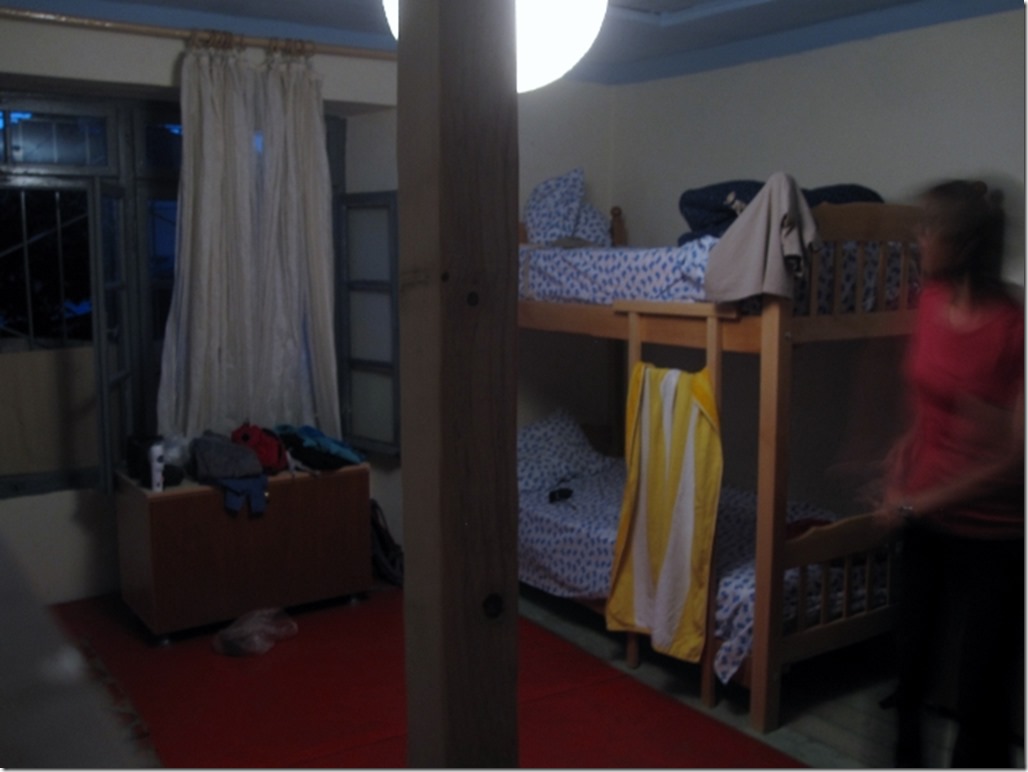
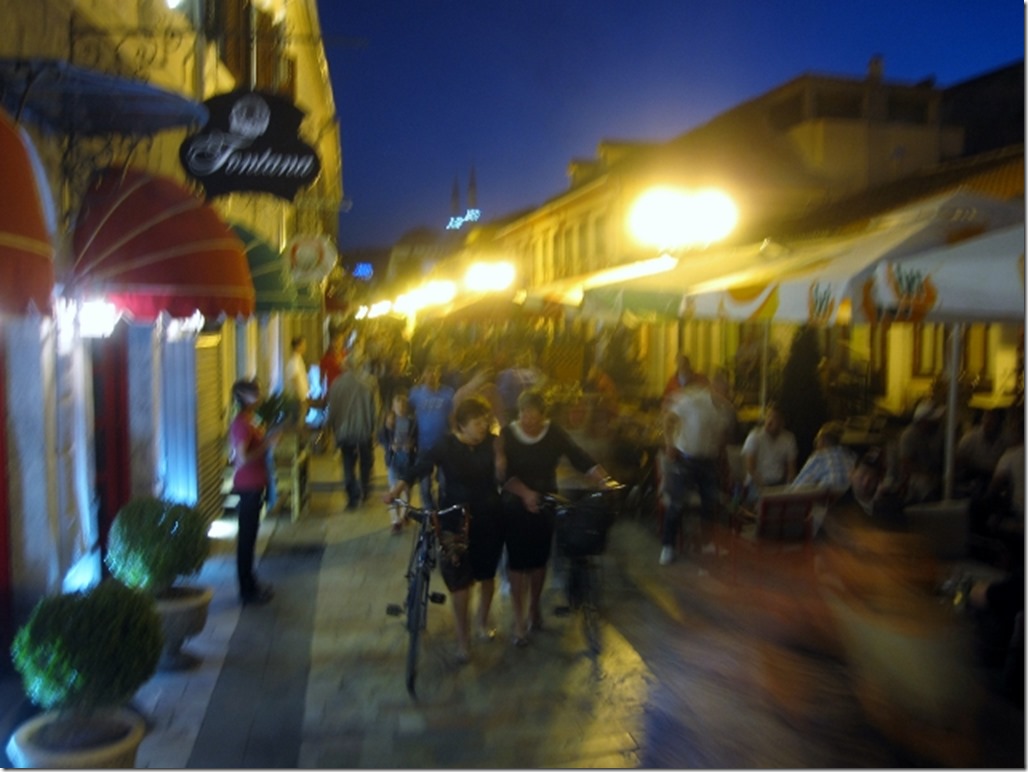
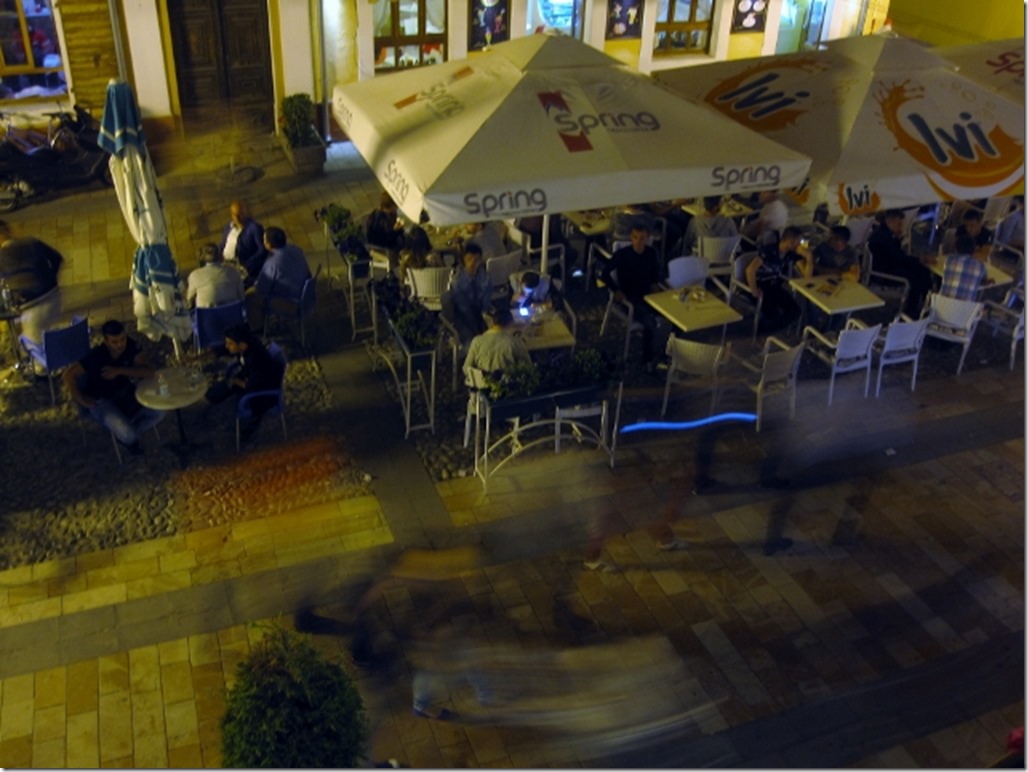






Que mezquinos y crueles somos los mortales, ¿ Tan difícil sera respetarse unos a otros?
Como me gustan las fotos a través de los arcos.
Las carpas tienen muchísimas espinas , antiguamente en el río Tajo pescaban muchas, las iban vendiendo por las calles, mi madre las compraba pero las hacia un escabeche , porque así se ablandaban las espinas
No me ha gustado nunca la carpa. Prefiero la trucha